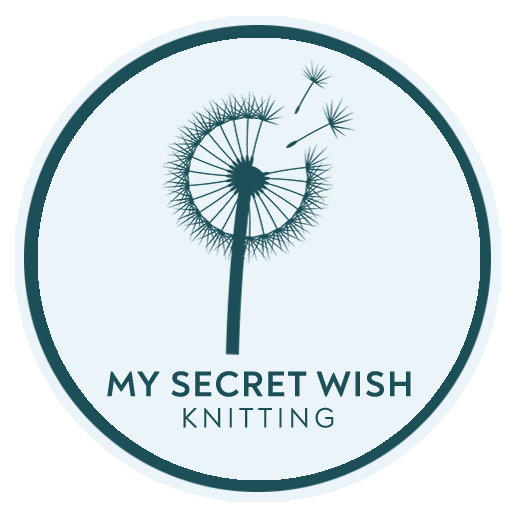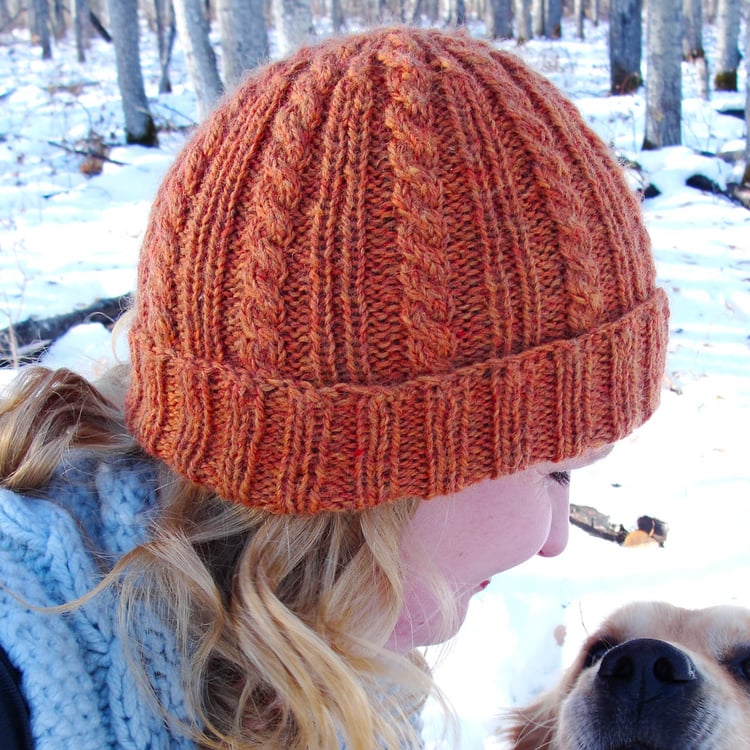
Swatch in the Round
Get perfect gauge for projects knit in the round.
It’s vitally important to take gauge for a project knit in the round from a swatch that’s also knit in the round. That’s because nearly all of us have a slightly different tension and gauge when we never have to turn our work and purl for the reverse side of stockinette stitch.
Since swatching is already the least favourite part of the process for most of us, do we really want to double it up by creating a tube that is at least twice as many stitches as a flat swatch would require?
(No. No, we do not.)
Never fear. The methods below will have you finished swatching and with your actual project on the needles in no time.









